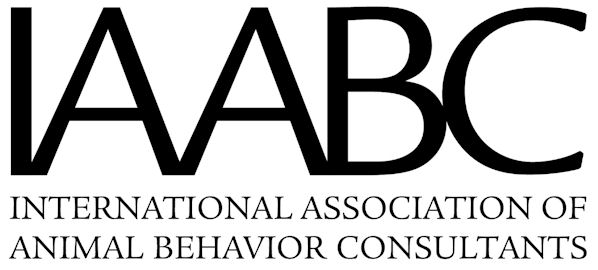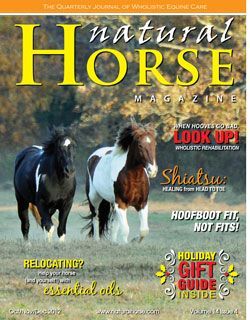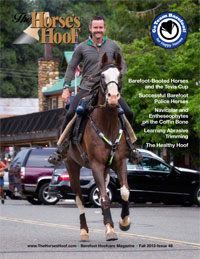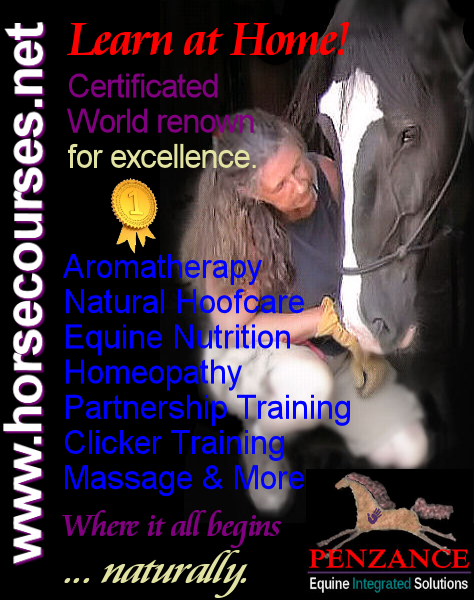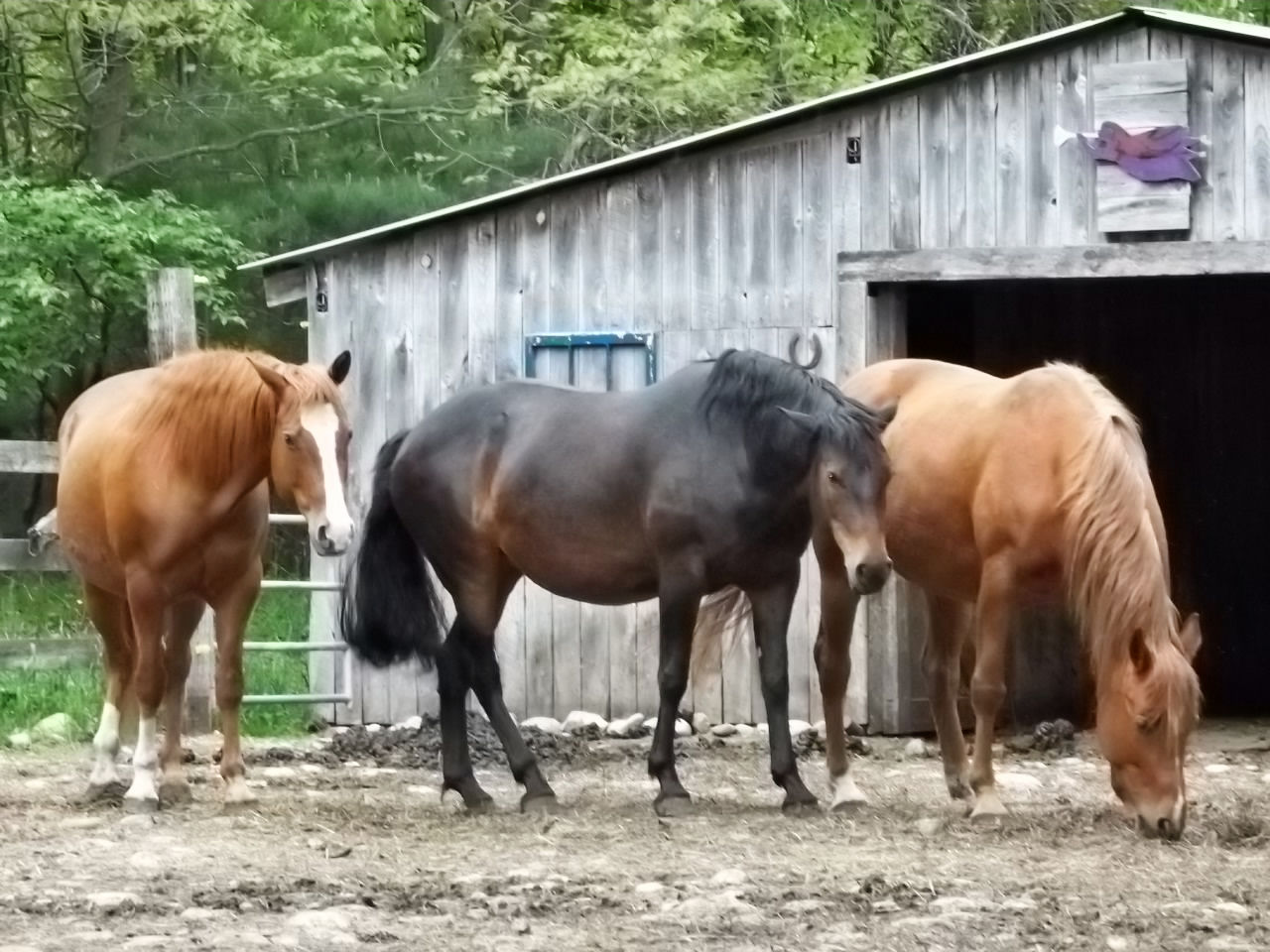 Horses are mammals; dogs are mammals; humans are mammals.
Horses are mammals; dogs are mammals; humans are mammals.
Mammals tend to learn behaviors similarly. In other words, if a certain behavior reaps a pleasant reward of some sort that behavior is likely to be repeated by the “subject” — horse, dog, human or … other. If a certain behavior reaps an unpleasant consequence then one is going to be more apt to NOT REPEAT that behavior.
However, those behaviors are contingent upon the individual’s inner thinking and responses due to any number of outside, environmental causes: traumas, frights, injuries, abuse … these all imprint a ‘brain-print’, if you will, into the thinking of any mammal.
Especially horses.
Horses, being animals of prey, embed negative happenings in their brains for future recall in situations of life-threatening events. Being that the instinct to survive is far greater in instinctive, motivational cause for reactionary behaviors, horses are more apt to react predictably to a certain situation based on that ‘mind-print’ than dogs or humans. In simple terms, horses will flee to get away from threats. They HAVE to move their feet to get away. As much as a human or other mammal instinctively blinks and eye to protect it, the horse instinctively moves its hooves to protect his life.
That is the most important drive in the horse — to survive.
Let’s look at that simply. …
Thinking in terms that moving the hooves results in pleasurable feelings of control and safety in response to a threat or unfamiliar event, the horse seeks pleasure – he wants to feel safe, to feel good, to feel secure. Most of all to feel safe so he can survive. So he can exist.
And to repeat, the horse will flee from those things that cause him NOT to feel safe, good or secure or that he might simply die.
So, given that, how can we utilize this knowledge into our teaching of horses?
Easy — make him feel good. Set things up that allow the horse to feel safe and secure and … experiencing GOOD, positive, pleasureable.
Operant conditioning does just this.
What IS “Operant Conditioning”?
Operant conditioning is a learning process that involves an increase or decrease in the likelihood of some behavior as a result of the consequences. There are four types of learning processes in operant conditioning: positive reinforcement, negative reinforcement, positive punishment, and negative punishment.
–Positive Reinforcement Positive reinforcement occurs when the likelihood of a certain behavior increases as a result of the presentation of something pleasant after the behavior.–Negative Reinforcement Negative reinforcement occurs when the likelihood of a certain behavior increases as the result of removing something unpleasant after the behavior. –Positive Punishment Positive punishment occurs when the likehood of a certain behavior decreases as the result of the presentation of something unpleasant after the behavior. –Negative Punishment Negative punishment occurs when the likelihood of a certain behavior decreases as the result of the removal of something pleasant after the behavior.
Now since we know that horses HAVE to feel safe and secure being instinctual animals primarily of flight or fight, we know they WANT to feel secure, safe, good.
So what can we do, as humans, to understand and use the ‘mind-print’ of the horse to help him overcome fears, phobias or to learn new exercises and tasks easily?
We use POSITIVE REINFORCEMENT and NEGATIVE REINFORCEMENT operant conditioning … we ADD pleasantries that make the horse feel good, feel safe to an exercise in order to INCREASE a certain behavior or we TAKE AWAY unpleasant, aversive stimuli that INCREASES the horses feelings of good, safe, secure in order to cause and INCREASE a certain behavior.
We ADD to the horse’s feeling of well-being. Or, we take away that which takes away from his feelings of well-being.
Very simple. Very direct.
We REWARD the behavior that is being requested and as an instinctual result, the motivation of the horse to REPEAT that behavior is increased.
On the other hand, what does adding PUNISHMENT do to the horse’s mind-print? Let’s first define punishment and what it does or does not do.
–Positive Punishment
Positive punishment occurs when the likehood of a certain behavior decreases as the result of the presentation of something unpleasant after the behavior.
–Negative Punishment
Negative punishment occurs when the likelihood of a certain behavior decreases as the result of the removal of something pleasant after the behavior.
HOWEVER …
The drawbacks to using punishment with a HORSE are — it produces feelings of threats, unpredictability, insecurity, loss of control, possibility of non-survival/death. Sequentially and instinctively, these feelings cause the horse to have to do what? … MOVE ITS FEET! RUN! SURVIVE!
And, as a result of this imprinting of the mind-print the consequences of PUNISHMENT for a horse (and all mammals as well) is:
–Punishment can backfire.
–Punishment can teach aggression.
and … Punishment cannot “unteach” unwanted behaviors.
So while we may THINK that we are ‘correcting’ behaviors in the horse when administering punishment such as excessive shanking that causes pain/threat, whipping that causes pain/threat, kicking the horse that is perceived as threatening behaviors, etc. we are merely ADDING TO the mind-print of the horse thus building up the PHOBIAS that set into a horse’s mind perceived to be LIFE THREATENING.
Layers and layers of PHOBIAS building in the mind of a 1200# animal whose first instinct to survive is to … RUN! FLEE! and, if unable to do so, FIGHT.
We are building the MIND-PRINT of the horse that we have in hand or whom we are teaching. Our every action is layering that MIND-PRINT …
Question for the day — Are you adding POSITIVELY to your horse’s “Mind-print” ? Or, are you adding layers of fear and phobia to your horse’s “Mind-print”?
Your choice, always. Just remember though that your choice absolutely affects your horse’s choices one way or the other.
One other question — with whom would you prefer to spend your time? With someone who is constantly berating and ‘punishing’ you for every little quirk and ‘bad behavior’ … or …
Would you rather spend your time with someone who will gently encourage you towards ‘good’ behavior, reward your tries and TEACH you the proper way to behave?

